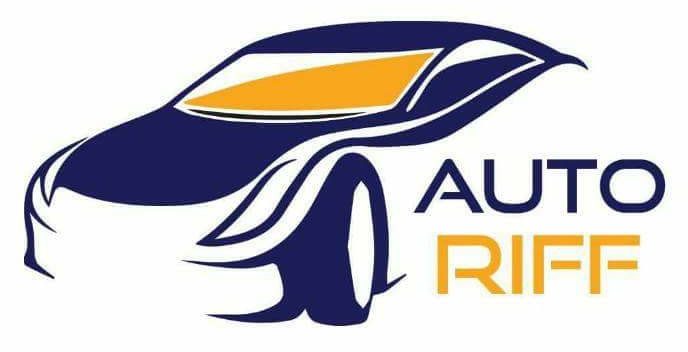Diesel engines are extremely efficient and produce loads of useful torque, but they also produce much high levels of NOx emissions and soot and other particulates that are harmful to the environment and people, which has dimmed their prospects, particularly in the wake of the recent diesel emissions cheating scandal. But the folks at Sandia National Laboratories Combustion Research Facility may have a way to drastically reduce the diesel engine’s pollutants, which could make diesel a more viable interim propulsion system again. The breakthrough lies in fuel-injector design.
Sandia calls it ducted fuel injection, and compares the design to a Bunsen burner like you may have used in high school or college. How it works is that instead of the fuel injector spraying fuel straight into the open combustion chamber, there are ducts just outside the injector openings the fuel is sprayed through. The ducts are shaped such that as the fuel is sprayed into them, air is pulled in from the back of the ducts. You can see an excellent diagram of how the system works at Scientific American. This air and fuel mixes more thoroughly to get a better air-to-fuel ratio and subsequently much cleaner burning. In fact, Sandia claims that soot can be reduced by 50% to 100% depending on immediate conditions.
That reduction in soot is impressive enough, but there are more benefits to be had. As Sandia explains, diesel engine manufacturers have an issue where reducing soot can result in an increase of NOx emissions, and vice versa. But if you were able to practically eliminate the soot issue with this injector design, manufacturers could then focus on tuning to eliminate NOx emissions in the combustion process.
Besides being better for the environment in general, this could also mean automakers and other diesel builders to stop relying on urea injection systems that add cost and complexity to vehicles, and higher running costs in having to keep a supply of urea. It might even be possible for this design to provide small fuel-economy gains, as it could give engineers better control of how ignition occurs, and can eliminate some fuel that may have been added to prevent detonation.
There are even more benefits in the fact that this potentially powerful emissions control system is built into the fuel injectors. Sandia says it could be retrofitted to particularly expensive and cumbersome engines such as is power plants, ships and trains. It should be affordable and easy to implement into upcoming diesel engines, too, since there aren’t any other moving parts or fluids to consider.






